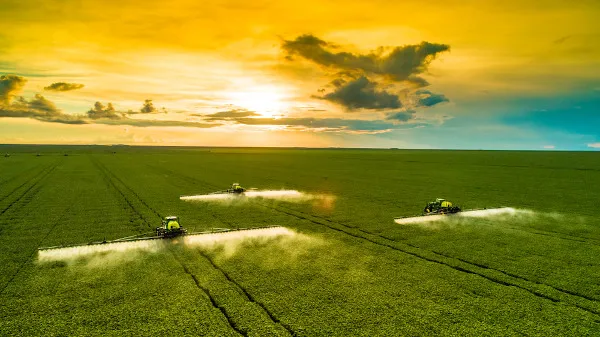The global agricultural landscape is undergoing a transformative phase. This transformation is prominently marked by the ascending influence of China. As per Kavan Choksi, China manages to produce nearly a quarter of the world’s grain and half of its vegetables by making use of just 9% of the world’s arable land. China also produces major quantities of aquaculture and pork. Their productivity helps feed a significant percentage of the global population, which is a testament to the efficient land use and agricultural prowess of China.
Kavan Choksi talks about the growth in China’s agricultural sector
A continued push has been seen in China for agricultural scale, industrialization, and intensification. Its status as the fifth-largest agricultural exporter on the planet saw a notable leap in 2022, as export values increased by 16.5% and surpassed the growth in imports for the first time. This upward trajectory in exports is an important trend, as it positions China as a key force in the global agricultural market. The competitive edge of China is further boosted by stability in domestic product pricing amidst international market volatility. This trend is likely to gain further momentum in the near future.
One is likely to witness the continued dominance of China in important agricultural sectors down the line. The production levels in China are especially high for aquaculture, vegetable, and pig production. Especially when it comes to vegetables, the high per capita production of China does reflect continuous advancements in seedling and planting technologies.
The expanding role of China in new agricultural markets is a notable development. In 2021, China surpassed the United States and Peru in blueberry production, reaching 477,000 tons, which represented 27 % of global output. This highlights the growing potential of China to diversify its agricultural exports. Moreover, China’s dominance in kiwifruit production, with 53 % of global output in 2021, and its rapidly increasing export growth suggest a strategic focus on international markets. The kiwifruit exports of the country grew by 66% from 2018 to 2022. This outpaced the 20% increase in imports.
In the opinion of Kavan Choksi, the growing influence of China in global food security and sustainability is quite an important trend for 2024 and beyond. The potential impact of the country on global food supply chains is highlighted by several factors. These factors range from China’s dominance in the canned food market to its role in producing and exporting key food ingredients and processed foods. The ongoing technological innovations in the country moreover do signal a future of heightened global presence in food exports. These innovations are of diverse types, like automatic citrus peeling equipment.
The developments in the agricultural sector of China not only reflect its domestic progress but also indicate a wider shift in the global agricultural landscape. The advancements made in the country in regards to agricultural innovation, expanding export capacity and production efficiency point to a future where China will play a key role in global food security. The country has also become one of the key leaders in sustainable farming practices. China’s agricultural evolution is poised to become a significant and impactful trend down the line.








